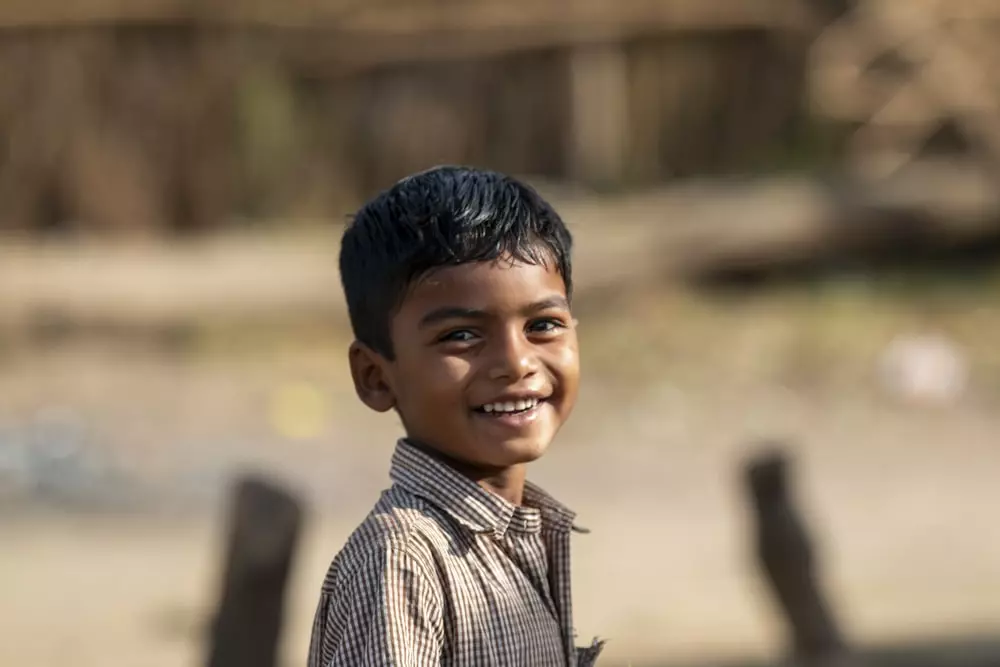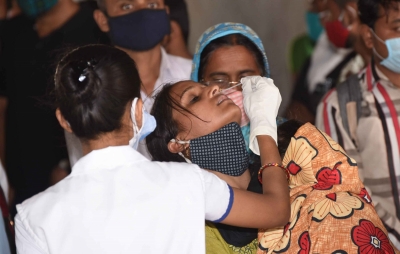In the 'Revised Comprehensive Guidelines for Management of COVID-19 in Children and Adolescents (below 18 years)', the health ministry has said that masks are not recommended for children aged five years and below.
Those aged 6-11 years may wear it depending on the ability of the child to use a mask safely and appropriately under direct supervision of parents, it said.
Those aged 12 and above should wear a mask under the same conditions as adults, the ministry said.
The guidelines were reviewed by a group of experts in view of the current surge that is mainly attributed to the Omicron variant of the coronavirus, which is also a variant of concern.
Which mask should you use?
AIIMS chief Dr Randeep Guleria has said on several occasions that N95 masks provide the best protection.
There are the cloth masks, which are the least protective, owing to their larger pores and some offering only one layer of material for protection from particles of COVID-19. Then there are the readily available surgical masks, which are two-ply and reasonably protective, as they have two layers of protection.
But the gold standard of protection is the N95 mask.
(KN95 and KF94 masks can be used interchangeably with N95s and are designed to filter out a minimum of 94% of particles. The masks only differ in country of origin and design differences, like ear loops vs. straps.)
Top doctors point out that the crucial difference is over the size of the pores in the mask. The N95 has very small pores. They retain 95% of droplets that come their way. That is why they are called N95.
The fibres in N95 masks are pressed closer together than in cloth masks and have an electrostatic charge that makes molecules stick to the mask instead of passing through.
Also Read: Way being paved for easier access to booster shots of COVID vaccine




















